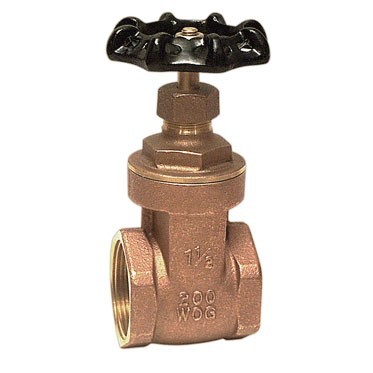The commercial and industrial industry relies heavily on PVC butterfly valves for a variety of applications. You can commonly find these valves in facilities, hotels, sewage treatment plants, and local utility departments, where they're used for pool control and water treatment.
We compared 2 popular industrial butterfly valve brands to help our users make the best decision. Below is a comparison of the Flui-Pro butterfly valve and the GF Aqua (563) butterfly valve. We pulled documented specs from each brand to represent the most accurate and objective comparison.
Flui-Pro Butterfly Valve / GF Aqua (563) Butterfly Valve Comparison Chart
|
Flui-PRO
Butterfly Valve |
GF Aqua (563)
Butterfly Valve
|
|
|---|---|---|
|
Brand
|
Flui-Pro
|
Georg Fischer
|
|
Style
|
Wafer
|
Wafer
|
|
Overall Size
|
2" - 8"
|
2" - 12"
|
|
Gear Applicable
|
Yes
|
Yes
|
|
Size Range (Manual)
|
2" - 8"
|
2" - 12"
|
|
Size Range (Gear Opp)
|
4" - 16"
|
N/A
|
|
Certification
|
ISO-9001
|
ISO-9001
|
|
Material Type (body)
|
PVC
|
PVC
|
|
Material Type (Discs)
|
PVC
|
PVC
|
|
Seal Type
|
EPDM
|
EPDM
|
|
Seat Type
|
EPDM
|
EPDM
|
|
Stem Type
|
316 Stainless Steel
|
304 Stainless Steel
|
|
Stem Extensions
|
Yes
|
N/A
|
|
Pressure Rating
|
150psi @ 140F
|
150psi @ 80F
|
|
Price Range
|
Best Value
|
High
|
|
Benefits
|
Offers Larger Sizing for Gear Op
316 SS Stem |
|
|
Currently Unavailable
|
||
Flui Pro
Flui Pro is well known throughout the commercial and industrial space for the high-quality, reliable, and affordable products that we offer. Flui Pro provides a wide variety of valves, including PVC, CPVC, and Metal. We serve many markets, and you can frequently find our products in commercial plumbing, building, and facility settings.
GF Aqua
GF Aqua began serving industrial markets in Switzerland and later expanded to become an international distributor. GF Aqua serves multiple industries such as water treatment, food and beverage, and life sciences. They offer a range of products including valves and actuators.
Looking For A Solution?
For over a decade Commercial Industrial Supply has provided contractors and industry professionals with the best pricing on commercial & industrial products from a wide range of well-known brands. We can help you source the best valves. For assistance, call us at 866-777-8001 or complete our Price Request form located here. We're not here to sell you, we're here to provide excellent service and find a solution that works.




 The material of a valve plays an important role in its efficiency. While it is easy to forget the importance of this detail, it does make a difference. Some materials excel in certain industries and fall short in others. For this reason, it is important to learn which material will best serve your application. This post will compare the differences between brass and copper valves. Below, you can find useful information about each type, as well as the different applications that they serve best.
The material of a valve plays an important role in its efficiency. While it is easy to forget the importance of this detail, it does make a difference. Some materials excel in certain industries and fall short in others. For this reason, it is important to learn which material will best serve your application. This post will compare the differences between brass and copper valves. Below, you can find useful information about each type, as well as the different applications that they serve best.




